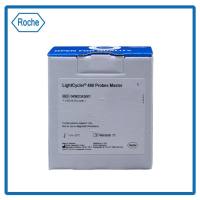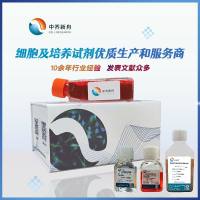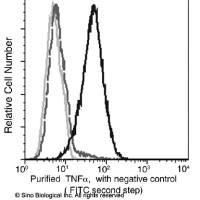Isolation and Culture of Mouse Pancreatic Islets for Ex Vivo Imaging Studies with Trappable or Recombinant Fluorescent Probes
互联网
489
The endocrine pancreas contains small clusters of 1,000–2,000 neuroendocrine cells termed islets of Langerhans. By secreting insulin, glucagon, or other hormones as circumstances dictate, islets play a central role in the control of glucose homeostasis in mammals. Islets are dispersed throughout the exocrine tissue and comprise only 1–2% of the volume of the whole organ; human pancreas contains about 106 islets whereas rodents have approximately 2 � 103 islets. The isolation of islets from the exocrine tissue usually begins with digestion of the pancreas with collagenase. Collagenase-containing medium is either injected into the pancreatic duct, and the organ left to digest in situ, or added after isolation of the pancreas and its dissection into small pieces ex vivo. Islets can then be separated from the exocrine tissue by gradient density or by handpicking. The islets obtained can either be used intact, for example, to measure insulin or glucagon secretion or be dispersed into single cells with a Ca2+ -free medium or with trypsin/dispase. The latter facilitates the introduction of recombinant or trappable probes and microimaging studies of, for example, changes in cytosolic-free Ca2+ concentration or the dynamics of individual organelles or proteins.









